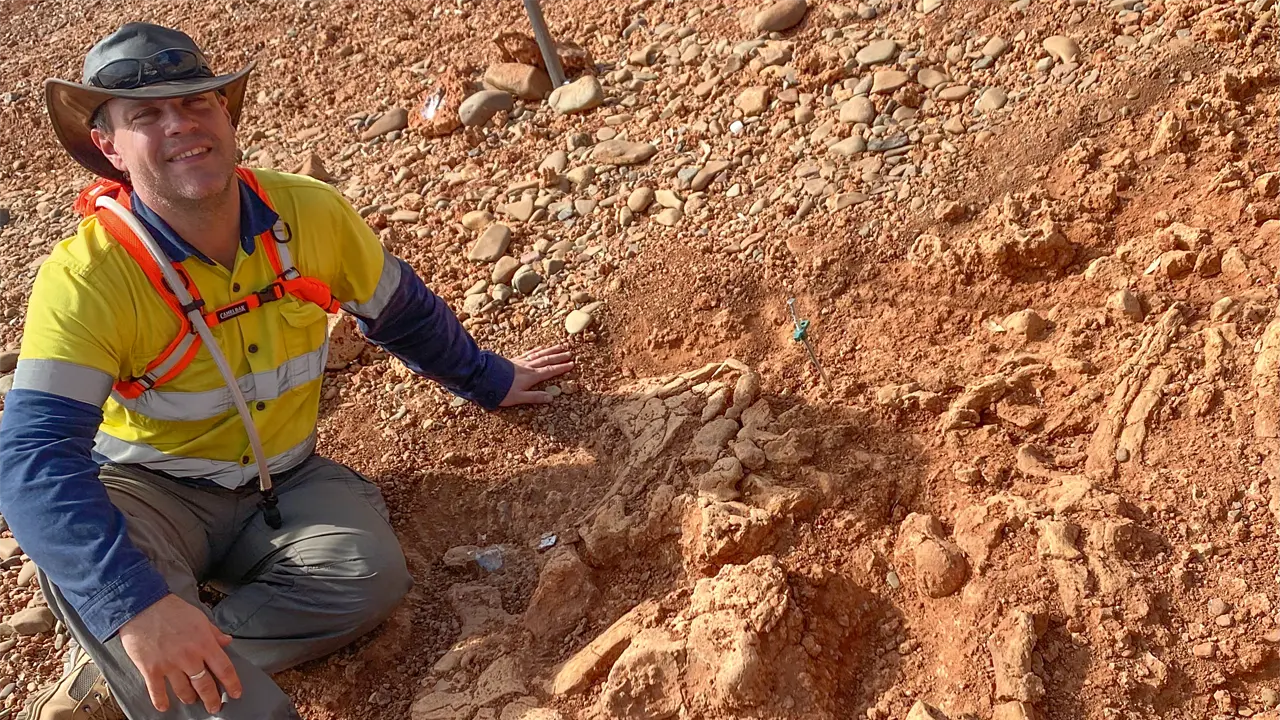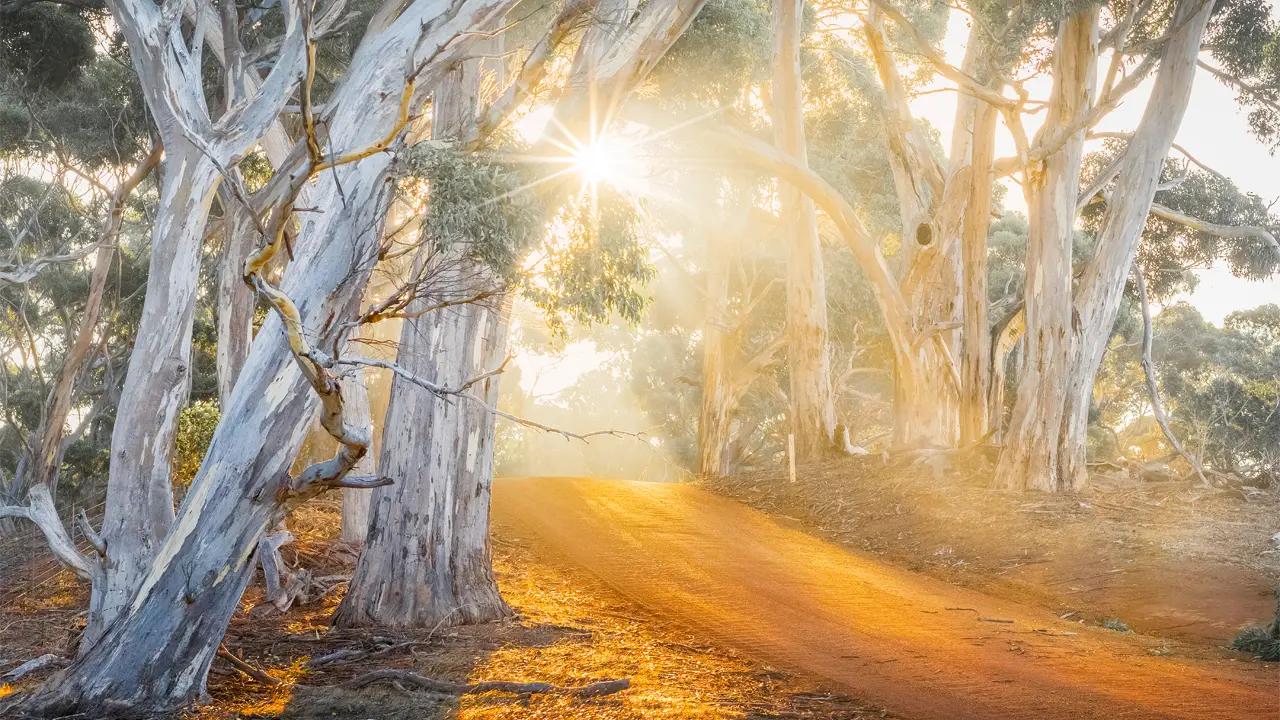Timboon may have lost its railway line and timber mills but it has gained a following as an exciting gourmet hub in a dairying region of southern Victoria.
Story By Kathy Mexted
The dairying hills around Timboon are humming with the sound of making cheese, ice-cream, chocolate and almost anything else you can produce from a dairy. It’s accompanied by the smell of a smooth single-malt whisky and, though it’s been a long time between drinks, this time the brew is legal.
A newly created 50-kilometre food-and-wine trail that links the town to its environs, winding through tall cool-climate forests and verdant valleys, is enticing tourists up from the nearby Great Ocean Road.
Even though Timboon is well known as rich dairy country, its beginnings are with timber and lime and, when Europeans first settled the area in the mid-1870s, it quickly became apparent they needed a railway line to service these burgeoning industries.
In the best of bureaucratic style, the 25km rail extension from nearby Cobden was fraught with frustration, but the locals held their ground for more than 10 years until the line was finally completed in 1892. At the height of timber production, Timboon had 18 mills in operation. Cattersens Mill was the last to shut down in the 1970s but the lime works, which provided a lifeline of employment during the Depression, still operates.
Although the railway line closed during the mid-1980s, there is a wonderful legacy in the Timboon to Camperdown Rail Trail, a 29km walking and cycling track that runs north from the centre of town. One jewel in its impressive crown is the heritage-listed 31-span Curdies River trestle bridge, which straddles the babbling Curdies River and floodplain atop huge old Heytesbury timber bush poles, bolted in place on two- and four-pile piers.
Timboon local Rose Mellington, flushed after a brisk 4.8km cycle with her one-year-old son, arrives at the bridge enthusiastic about her daily routine. “It’s so picturesque riding out through the trees,” Rose says. “It has motivated me to do more exercise.” She smiles at rumours of a woodcutter’s ghost on the bridge, and praises the location as a great spot for picnics and wedding photos.
This story excerpt is from Issue #77
Outback Magazine: June/July 2011









